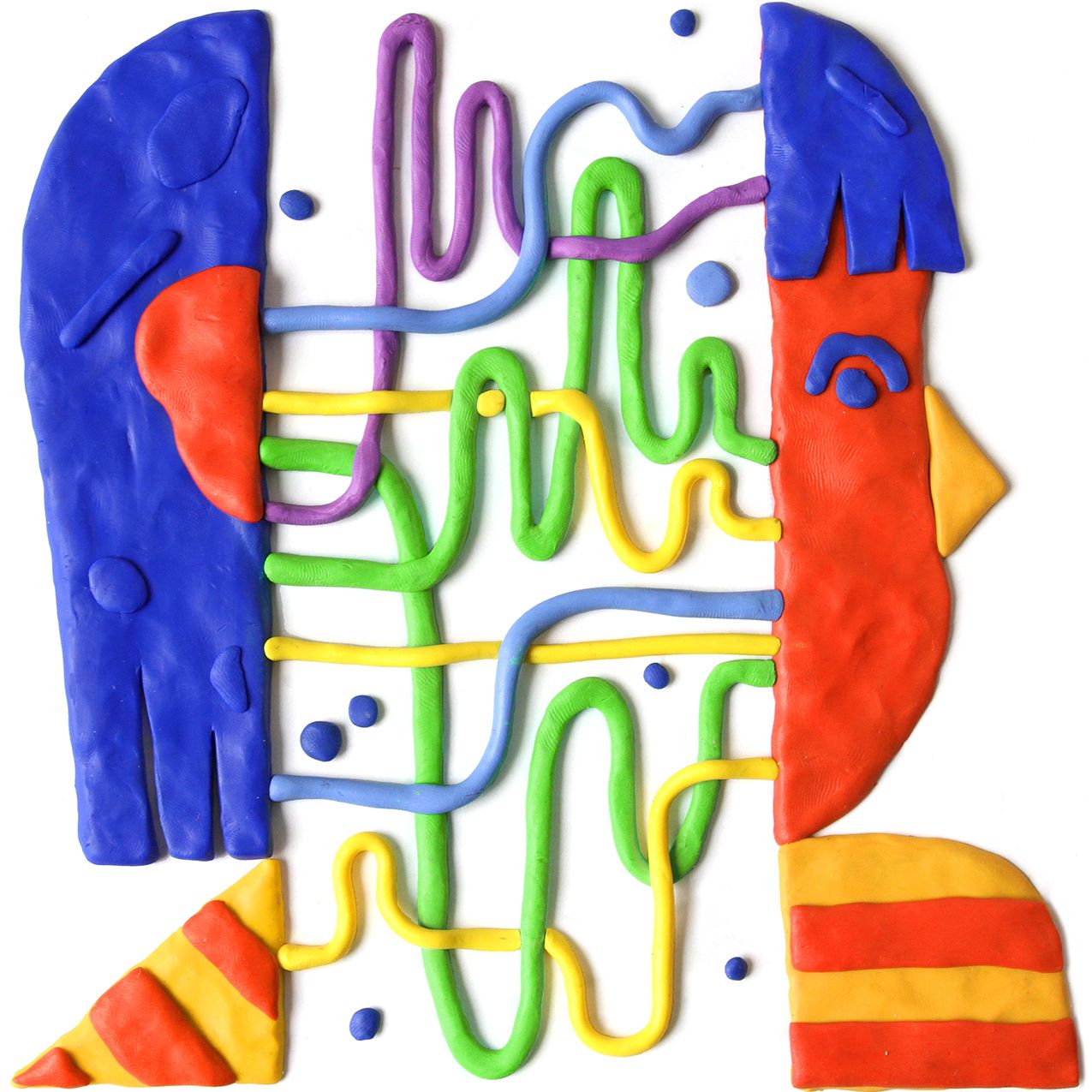
A distinctive neural signature found in the brains of people with dyslexia may explain why these individuals have difficulty learning to read, according to a new study from MIT neuroscientists.
The researchers discovered that in people with dyslexia, the brain is less able to acclimate to a repeated input—a trait known as neural adaptation. For example, when dyslexic students see the same word repeatedly, brain regions involved in reading do not show the same adaptation seen in typical readers.
“It’s a difference in the brain that’s not about reading per se, but it’s a difference in perceptual learning that’s pretty broad,” says John Gabrieli, the study’s senior author, who is a professor of health sciences and technology and of brain and cognitive sciences, as well as a member of MIT’s McGovern Institute for Brain Research. “This is a path by which a brain difference could influence learning to read.”
Former MIT graduate student Tyler Perrachione, now an assistant professor at Boston University, is the lead author of the study, which appeared in the journal Neuron.
The MIT team used magnetic resonance imaging (MRI) to scan the brains of young adults with and without reading difficulties as they performed a variety of tasks. In people who don’t have dyslexia, neurons that respond to a particular sensory input usually react strongly at first, but their response becomes muted as the input continues. This neural adaptation reflects chemical changes in neurons that make it easier for them to respond to a familiar stimulus, Gabrieli says. This phenomenon, known as plasticity, is key to learning new skills.
The MIT team found that people with dyslexia showed much less adaptation in response to several different types of repetitive stimuli: words said by a single speaker; pictures of the same word or object; and pictures of the same face.
Gabrieli was surprised to see that this effect was so widespread, appearing even during tasks that have nothing to do with reading, because people with dyslexia have no documented difficulties in recognizing objects or faces. It may be that the impairment shows up primarily in reading because deciphering letters and mapping them to sounds is such a demanding cognitive task.
“There are probably few tasks people undertake that require as much plasticity as reading,” Gabrieli says.
Keep Reading
Most Popular
Large language models can do jaw-dropping things. But nobody knows exactly why.
And that's a problem. Figuring it out is one of the biggest scientific puzzles of our time and a crucial step towards controlling more powerful future models.
How scientists traced a mysterious covid case back to six toilets
When wastewater surveillance turns into a hunt for a single infected individual, the ethics get tricky.
The problem with plug-in hybrids? Their drivers.
Plug-in hybrids are often sold as a transition to EVs, but new data from Europe shows we’re still underestimating the emissions they produce.
Stay connected
Get the latest updates from
MIT Technology Review
Discover special offers, top stories, upcoming events, and more.